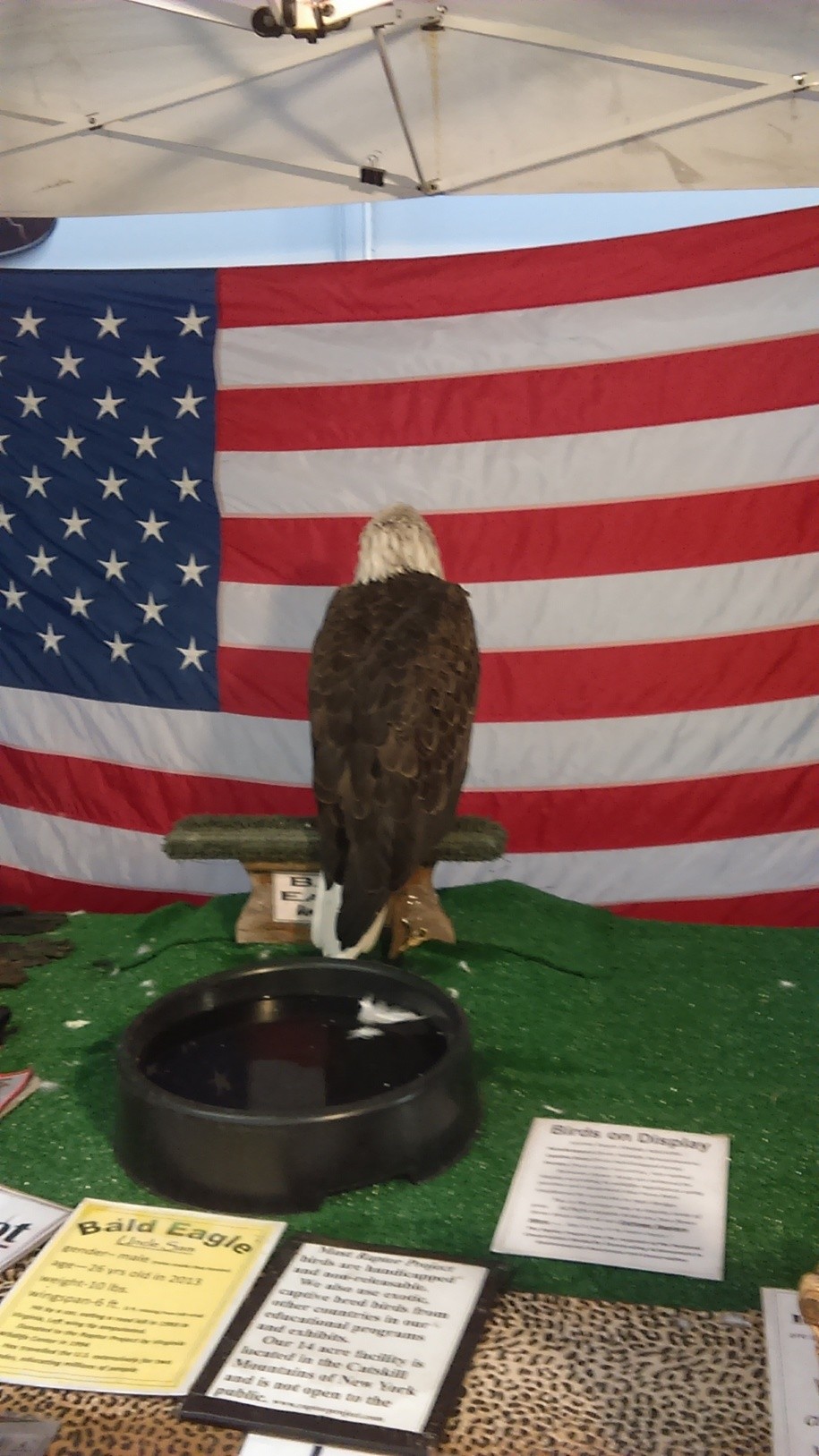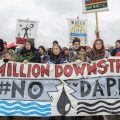
Militarized officers forcing Water Protectors out of their Inipi Ceremony (sweat lodge) and confiscating “Sacred and cultural items, such as eagle-feather staffs and prayer drums” is Cultural Genocide.
“Richmond said the authorities told everyone to disperse. The water protectors asked officers for time and started praying in ceremonial and sacred sweat lodges. Richmond said officers soon started pulling people out of the shelters. One man was pulled out wearing only his underwear and arrested.
-snip-
Sacred and cultural items, such as eagle-feather staffs and prayer drums, passed down from generation to generation and used in prayers and ceremonies were confiscated, he said.”
Cultural genocide and indigenous peoples: a sociological approach Damien Short This contribution argues that the dominant understanding of genocide as mass killing is sociologically inadequate and at odds with the ideas of the author of the concept, Raphael Lemkin. To date sociological approaches to genocide have failed to appreciate the importance of culture and social death to the concept of genocide. There is insufficient serious discussion of culturally destructive processes, which do not involve direct physical killing or violence, through the analytical lens of genocide. This is especially true when it comes to the experiences of indigenous peoples in the world today. When they invoke the term genocide to describe their present day experiences it is often derided. In the second half of this contribution, however, I argue that indigenous peoples’ use of the concept is often more accurate and precise than that espoused by many academics and call for more research into seemingly benign processes of indigenous ‘cultural diffusion’ but through the analytical lens of genocide.
Those officers and their cohorts must be held accountable and the sacred items returned. www.washingtonpost.com/…
Kiai said that security forces, both public and private, had used unjustified force in dealing with and detaining more than 400 protesters.
“Protesters say they have faced rubber bullets, tear gas, mace, compression grenades and beanbag rounds while expressing concerns over environmental impact and trying to protect burial grounds and other sacred sites of the Standing Rock Sioux Tribe” on whose land the ongoing pipeline construction is taking place, according to the statement provided by Kiai’s office.
The statement notes that Kiai acknowledged that some protesters had resorted to violence, too, but that the response of security officials was disproportionate and targeted protesters who were doing so peacefully.
This tribe, like every tribe in the United States, lives in the post-extermination phase of genocide, which is denial.
7. EXTERMINATION begins, and quickly becomes the mass killing legally called “genocide.” It is “extermination” to the killers because they do not believe their victims to be fully human. When it is sponsored by the state, the armed forces often work with militias to do the killing. Sometimes the genocide results in revenge killings by groups against each other, creating the downward whirlpool-like cycle of bilateral genocide (as in Burundi). At this stage, only rapid and overwhelming armed intervention can stop genocide. Real safe areas or refugee escape corridors should be established with heavily armed international protection. (An unsafe “safe” area is worse than none at all.) The U.N. Standing High Readiness Brigade, EU Rapid Response Force, or regional forces — should be authorized to act by the U.N. Security Council if the genocide is small. For larger interventions, a multilateral force authorized by the U.N. should intervene. If the U.N. is paralyzed, regional alliances must act. It is time to recognize that the international responsibility to protect transcends the narrow interests of individual nation states. If strong nations will not provide troops to intervene directly, they should provide the airlift, equipment, and financial means necessary for regional states to intervene.
8. DENIAL is the eighth stage that always follows a genocide. It is among the surest indicators of further genocidal massacres. The perpetrators of genocide dig up the mass graves, burn the bodies, try to cover up the evidence and intimidate the witnesses. They deny that they committed any crimes, and often blame what happened on the victims. They block investigations of the crimes, and continue to govern until driven from power by force, when they flee into exile. There they remain with impunity, like Pol Pot or Idi Amin, unless they are captured and a tribunal is established to try them. The response to denial is punishment by an international tribunal or national courts. There the evidence can be heard, and the perpetrators punished. Tribunals like the Yugoslav or Rwanda Tribunals, or an international tribunal to try the Khmer Rouge in Cambodia, or an International Criminal Court may not deter the worst genocidal killers. But with the political will to arrest and prosecute them, some may be brought to justice.
Furthermore, militarized officers carrying out the intent of the Final Solution may not think “Kill the Indian, save the man,” but they desire to “kill their culture – so they can rape the land.” Militarized officers forcing Water Protectors out of their Inipi Ceremony (sweat lodge) and confiscating “Sacred and cultural items, such as eagle-feather staffs and prayer drums” is Cultural Genocide.
To date sociological approaches to genocide have failed to appreciate the importance of culture and social death to the concept of genocide. There is insufficient serious discussion of culturally destructive processes, which do not involve direct physical killing or violence, through the analytical lens of genocide. This is especially true when it comes to the experiences of indigenous peoples in the world today. When they invoke the term genocide to describe their present day experiences it is often derided.
Update:
The night before, a camp crier had awoken those sleeping in the camp set up in the path of the Dakota Access Pipeline. “The cavalry’s coming,” the man had shouted. But the cavalry didn’t come that night.
Still, the protesters awoke that morning with a sense of dread, knowing their camp would likely be razed that day, October 27, 2016. All around the site known as the Treaty Camp, National Guard soldiers with sniper rifles set themselves up on hills while vehicles with rocket launchers rolled into position.
The 20-year-old Cheyenne River Sioux man and his friend continued their prayers inside the inipi, singing the songs their relatives and ceremonial leaders had taught them. They had just begun the fourth and final round when a police officer yelled at them from outside the small hut to finish their ceremony. Before they could finish, however, police officers began tearing down the sweat lodge, pulling the blankets off the willow branch structure.
(previous version here, notice the tense used here is identical)



Leave a Reply